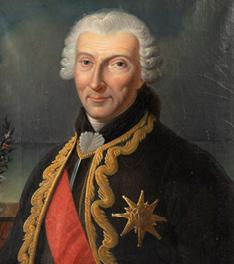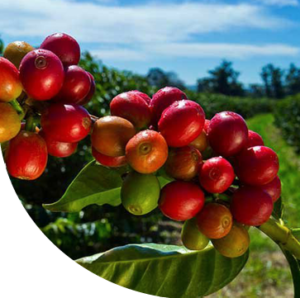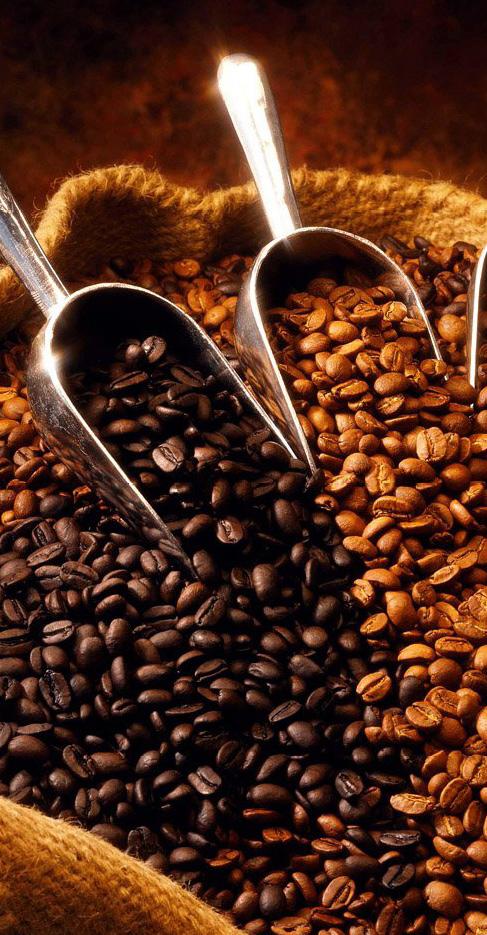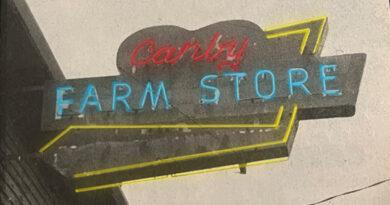Coffee: From Humble Bean To Bold Beverage

From 9th Century North Africa To Your Local Cafe
By Robert Matsumura, Contributing Writer
As rain falls from the skies of the Pacific Northwest, so too does coffee pour into the cups of local residents adding pep to their step and steamy, warm, comfort to lift the spirits. But where did coffee come from in the first place, and just how did it become one of the most popular beverages around the world?
While no one can definitively pinpoint precisely when coffee was invented, nor the name of the first person to roast coffee beans, grind them, and mix them with water, historians agree that coffee originated in the areas of modern-day Ethiopia and Yemen. Legend tells of a 9th century goat herder named Kaldi, who noticed that his goats, after eating coffee berries, became so energetic that they barely slept all night. Kaldi reported his discovery to the abbot of a local monastery who brewed a drink with the berries which increased alertness for the monks through their long hours of evening prayers. It wasn’t long before word spread to the nearby Arabian Peninsula of the miraculous drink, and traders eventually introduced coffee throughout the region.
While Kaldi and the coffee drinking monks are anything but a historical fact, it is known for certain that by the 15th century, coffee houses had spread throughout the Near East. From Turkey to Egypt, these establishments became not only places to enjoy a hot cup of coffee, but popular spots to socialize, listen to music, play games, and learn of current events.
As for Europe, historians point to the Siege of Vienna by the Turks in 1683 as one of the key events instrumental in the spread of coffee to the West. In the aftermath of the war, coffee from the Turks made its way to Viennese locals who became enamored with the new beverage. As time passed, coffee houses emerged not only in Vienna, but throughout Austria and neighboring countries as well. It is the Austrians who are credited with the addition of milk and sugar to coffee.

Around the same time, the beverage also arrived in Italy, likely through Venetian traders who ranged throughout the Middle East and North Africa. While coffee provoked suspicion in some, such as the advisors of Pope Clement VIII who went so far as to call it the “bitter invention of Satan,” Clement himself, after tasting the new beverage, found it pleasing. Instead of banning coffee, he bestowed his blessing upon the drink. With the Pope’s blessing, the green light went on for coffee throughout Christendom.

As for the Americas, coffee crossed the Atlantic in the 17th and 18th centuries from Europe. In North America, coffee arrived in the New World from the British via New Amsterdam — later renamed New York by the American colonists. One event in particular that served as the impetus for coffee culture in the United States was the tax on tea levied on the colonists by King George III. The subsequent Boston Tea Party that erupted as a result of this tax spurred many Americans to abandon tea for coffee, to the point that Thomas Jefferson later proclaimed coffee as “the favorite drink of the civilized world.”

The Caribbean, Central, and South America owe their coffee industry to a young French naval officer, Gabriel de Clieu, who smuggled a seedling from a coffee plant in the Royal Botanical Garden in Paris (the plant had been a gift from the Mayor of Amsterdam to King Louis XIV) and transported it across the Atlantic to the island of Martinique, despite attempts by a saboteur to kill the plant, an attack by pirates, and severe storms at sea. This hardy seedling went on to parent all the coffee trees cultivated throughout this part of the world — a region that has become one of the premier coffee production areas on the planet.
Brazil’s famous coffee owes its start to Francisco de Melo Palheta, who was dispatched by the governor of Brazil to help mediate a conflict between neighboring French and Dutch Guiana. Arriving in Cayenne, the capital city of French Guiana, part of Palheta’s mission was to smuggle some coffee plants which were closely guarded by the French. As the story goes, a romantic dalliance between Palheta and the wife of the Governor of Cayenne led to her passing a bouquet to a Brazilian officer containing a coffee seedling concealed among the flowers. This seedling was supposedly the progenitor of Brazil’s coffee industry. Whether the romantic part of the story is true or not, it is documented that Palheta was successful in bringing thousands of coffee seeds and several plants back to Brazil.

By the 18th century, coffee had grown to be one of the world’s most profitable commodities. Consumption and popularity in the U.S. grew, particularly during the Civil War, and enterprising businessmen such as brothers John and Charles Arbuckle grew wealthy selling pre-roasted coffee by the pound to cowboys in the West. James Folger, who peddled coffee to gold miners in California, also profited greatly. Big name coffee brands including Maxwell House and Hills Brothers quickly followed suit.
Following World War II, instant coffee was developed, simplifying the coffee-making process, though not necessarily improving the flavor. With the emergence of Starbucks in Seattle in 1971, the quality of coffee available to the consumer improved through better sourcing and preparation techniques. Consistent, quality coffee became available to people across America, with beverages tailored specifically to the palate of each individual customer.
Today, the coffee revolution has evolved. Small, independently owned coffee shops are taking it to the next level. A focus on sustainability, local roasting, and fair trade beans are at the forefront of the new movement. Sourcing, roasting techniques, and brewing methods are all aspects of the equation that today’s coffee entrepreneurs are relentlessly improving in their drive to bring the highest quality coffee to market.
So, the next time you’re enjoying a steaming coffee beverage — whether it be a latte, mocha, cold brew, espresso, or just a plain old cup of Joe — know that the history behind the humble coffee bean, and its evolution through time, was a long and arduous journey filled with lively characters, distant places, and enterprising individuals who treasured this miraculous bean of the tropics.





